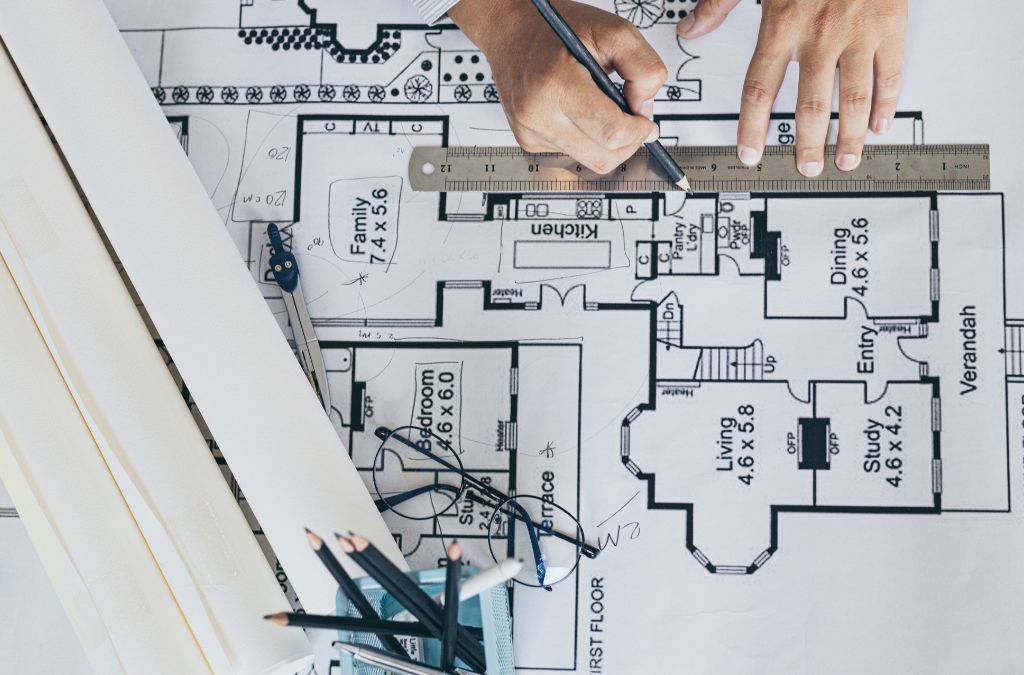-
Table of Contents
- The Role of an Architect: Designing Spaces That Inspire
- The Architect’s Vision
- Balancing Aesthetics and Functionality
- Sustainability in Design
- The Design Process
- Client Collaboration
- Engineering and Technical Considerations
- Case Studies: Inspirational Architectural Projects
- The Impact of Architecture on Society
- Enhancing Quality of Life
- Promoting Social Interaction
- The Future of Architecture
- Technological Advancements
- Adapting to Changing Needs
- Conclusion
The Role of an Architect: Designing Spaces That Inspire
Architecture is more than just the creation of buildings; it is the art and science of designing spaces that inspire and enhance the human experience. Architects play a pivotal role in shaping the environments in which we live, work, and play. This article explores the multifaceted role of architects and how their work impacts our daily lives.
The Architect’s Vision
An architect’s vision is the cornerstone of any successful project. This vision encompasses not only the aesthetic appeal of a structure but also its functionality, sustainability, and integration with the surrounding environment. Architects must balance creativity with practicality to create spaces that are both beautiful and usable.
Balancing Aesthetics and Functionality
One of the primary challenges architects face is balancing aesthetics with functionality. A building must be visually appealing while also serving its intended purpose efficiently. For example, a hospital must be designed to facilitate patient care and movement, while a museum should provide an engaging and immersive experience for visitors.
Sustainability in Design
Sustainability is a key consideration in modern architecture. Architects are increasingly incorporating eco-friendly materials and energy-efficient systems into their designs. This not only reduces the environmental impact of buildings but also creates healthier living and working spaces. The Bullitt Center in Seattle, often referred to as the greenest commercial building in the world, is a prime example of sustainable architecture.
The Design Process
The design process is a collaborative effort that involves multiple stakeholders, including clients, engineers, and contractors. Architects must navigate this complex web of relationships to bring their vision to life.
Client Collaboration
Understanding the client’s needs and desires is the first step in the design process. Architects must listen carefully and ask the right questions to ensure that the final design aligns with the client’s vision. This collaborative approach helps to build trust and ensures that the project meets the client’s expectations.
Engineering and Technical Considerations
Architects work closely with engineers to address the technical aspects of a project. This includes structural integrity, electrical systems, plumbing, and HVAC. The collaboration between architects and engineers is critical to ensuring that the building is safe, functional, and compliant with all relevant codes and regulations.
Case Studies: Inspirational Architectural Projects
Examining real-world examples can provide valuable insights into the role of architects in designing inspiring spaces. Here are a few notable projects:
- The Guggenheim Museum, Bilbao: Designed by Frank Gehry, this museum is renowned for its innovative design and has become a symbol of modern architecture. Its flowing, organic forms have inspired architects and designers worldwide.
- The Sydney Opera House: Designed by Jørn Utzon, this iconic structure is celebrated for its unique sail-like design. It has become a cultural landmark and a source of inspiration for architects globally.
- The High Line, New York City: This urban park, designed by James Corner Field Operations and Diller Scofidio + Renfro, transformed an abandoned railway into a vibrant public space. It demonstrates how architects can repurpose existing structures to create new, inspiring environments.
The Impact of Architecture on Society
Architecture has a profound impact on society. Well-designed spaces can enhance the quality of life, promote social interaction, and foster a sense of community. Conversely, poorly designed spaces can lead to feelings of isolation and discomfort.
Enhancing Quality of Life
Architects have the power to improve the quality of life through thoughtful design. For example, incorporating natural light and green spaces into buildings can boost mental well-being and productivity. The Paimio Sanatorium in Finland, designed by Alvar Aalto, is a prime example of how architecture can positively impact health and well-being.
Promoting Social Interaction
Public spaces designed by architects can encourage social interaction and community engagement. Parks, plazas, and community centers provide places for people to gather, interact, and build relationships. The success of these spaces often hinges on the architect’s ability to create inviting and accessible environments.
The Future of Architecture
The field of architecture is constantly evolving, driven by technological advancements and changing societal needs. Architects must stay ahead of these trends to continue designing spaces that inspire.
Technological Advancements
Technology is revolutionizing the way architects design and construct buildings. Building Information Modeling (BIM) allows for more accurate and efficient planning, while 3D printing and prefabrication techniques are streamlining the construction process. These advancements enable architects to push the boundaries of what is possible in design.
Adapting to Changing Needs
As society evolves, so do the needs of the built environment. Architects must be adaptable and responsive to these changes. For example, the rise of remote work has led to a demand for flexible and adaptable office spaces. Architects are now designing workspaces that can easily be reconfigured to accommodate different uses and activities.
Conclusion
Architects play a vital role in shaping the spaces that define our lives. Through their vision, creativity, and technical expertise, they create environments that inspire and enhance the human experience. By balancing aesthetics with functionality, incorporating sustainable practices, and adapting to changing needs, architects continue to push the boundaries of what is possible in design. The impact of their work is felt not only in the buildings they create but in the communities they help to shape.
